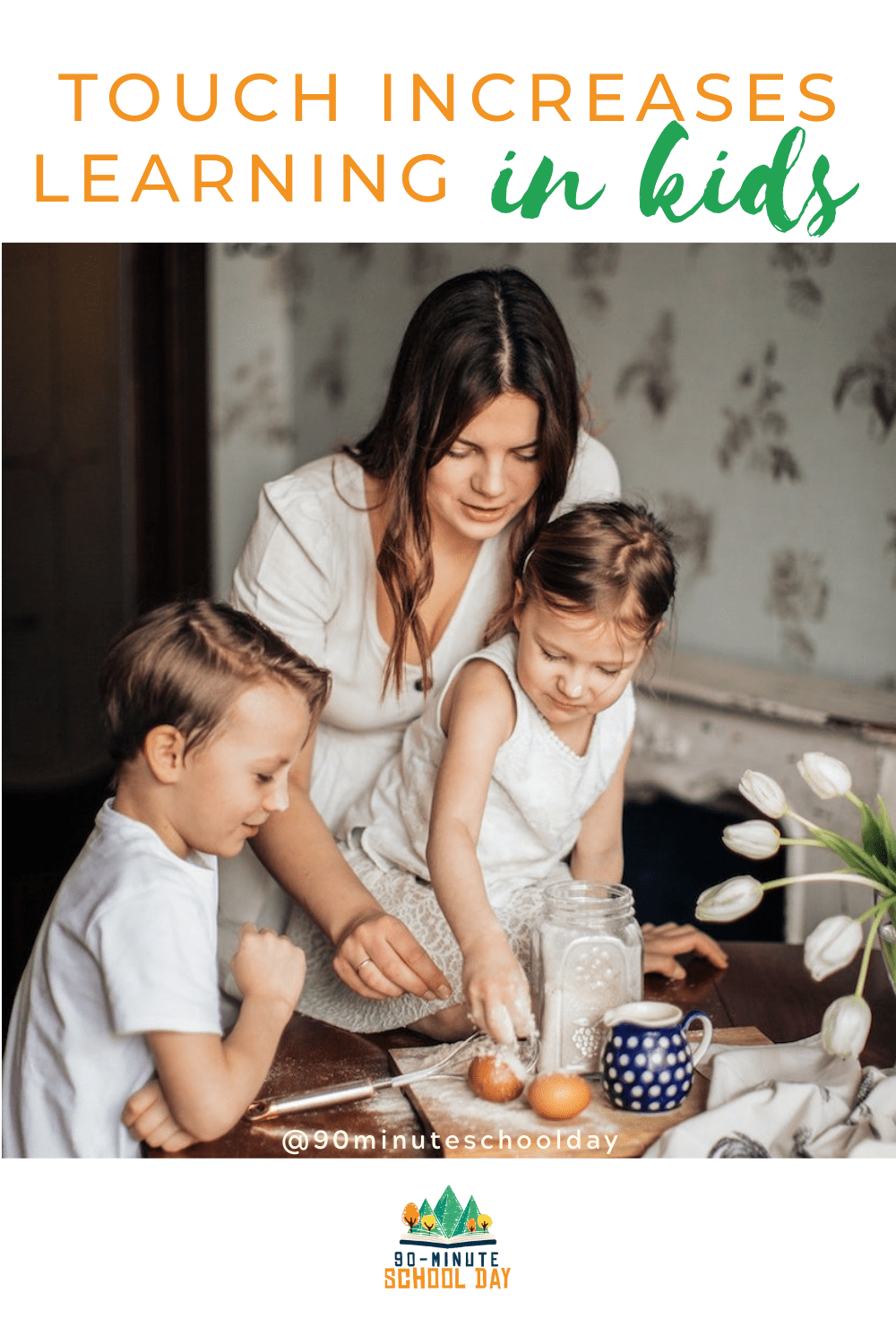Learning is experiential and sensorial. Education begins with the senses. The first to develop, in utero, is touch. The field of neuroscience now confirms that touch increases learning in children.
After birth, the first touch a child experiences is from a caregiver. A newborn lacks the coordination to intentionally use their own hands to touch. However, within a few months the baby is learning about their environment and themselves through directing their hands. Not only does tactile learning improving physical dexterity, but it also develops intelligence socially, intellectually and emotionally.
“The hand is the instrument of intelligence. The child needs to manipulate objects and to gain experience by touching and handling.” -Maria Montessori
Touch is a powerful form of emotional communication. Touch releases oxytocin, the bonding hormone, that assists the overall communication between two people. It increases connectivity and inhibits stress and anxiety to allow more freedom in expression.
As Maria Montessori reminds us, touch is the instrument of intelligence. Her work from a century ago is corroborated with current scientific studies that touch increases learning. With this in mind, we need to re-orient and reframe how we view the importance of touch in raising and educating our children.
As a result of these studies, we know physical touch is a critical tool in every parent’s toolkit, especially the home educator. However, parents, especially mothers, are often touched out. It is in these days that we may find ourselves using touch only to meet a child’s physical needs. While this is certainly true, let’s use this awareness to create an intention around increasing touch.
Elevating physical touch in our homeschool is an intention, an actionable goal that increases over time. Therefore, it is something that starts small and grows with consistency. Moreover, the goal is small (so we can be successful) and then can be added to and strengthened as our bandwidth grows.
In conclusion, let’s find a way to insert more physical touch into our daily lives. You know your child best, be sure to find a touch that speaks to their personality and ability to receive.
Here are some practical applications to consider, choose one to implement this week.
- Gesture as you give directions or explain something. This involves eye-contact which is a way of touching.
- Model or show with your hands first. This manual method is significantly more powerful way to transfer knowledge than words, especially with kids. Place your hand over theirs when explaining something rather than pointing or giving verbal instructions.
- Hold your child’s hand when walking or while you say grace at the table.
- Pat them on the back or give their arm a supportive squeeze.
- Bear hugs, side-hugs or high-fives
- Back rubs, stroke their hair, kisses, tickles, snuggle on the couch as you read
Some other options are play-based, choose a physical form of play to try.
- Twister
- Wrestling, thumb wrestling
- Hand clapping games
- Dancing
- Tag
“Play is the highest form of research.” – Albert Einstein.
While you are playing, you’ll find you’re also laughing. This is another sensorial way to build connection and relationship with your kids. Here are 6 steps to refresh a day or a season, some intentions to consider incorporating into your home. At the end of the day, do remember, touch increases learning. Connection is the critical first step before learning can take place. Learning happens best in relationship.





